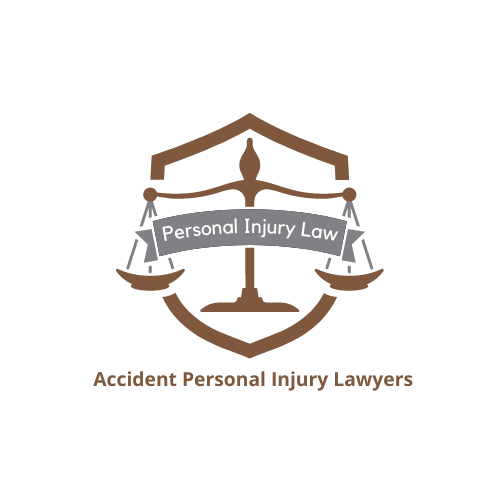Detroit could become a test site for a stripped-down, cheaper form of auto insurance under a proposal aimed at convincing the large number of uninsured drivers in the city to drive legally.
State Sen. Virgil Smith, D-Detroit, said last week that he hopes to introduce legislation this week to authorize insurers to offer Detroiters of modest means policies without the expensive, unlimited personal-injury coverage required of Michigan drivers. The policies would be available to good drivers with income no greater than three times the federal poverty guidelines and cars worth less than $20,000, he said.
Smith said he hoped the policies could be made available for less than $1,000 per vehicle per year — half or less than what a bare-bones policy costs now.
He said the pilot program could help answer questions that, for decades, have stymied efforts in Lansing to address the high cost of insurance and consequently, the high number of uninsured drivers. If it works, it could be extended to other drivers.
Such a change would test the theory that insurers would offer low-cost policies if Michigan\’s unique-in-the-nation unlimited medical-expenses requirement for drivers was waived and also test whether uninsured motorists would buy them.
Some see drawbacks to limiting car insurance policies
Insuring a single vehicle in Detroit is often two or three times costlier than covering the same vehicle for the same driver in a neighboring suburb.
But efforts in the Legislature over several decades to require insurers to trim rates in urban areas have failed because of objections that the cost would be shifted to suburban and outstate drivers.
Sen. Virgil Smith, D-Detroit, said that he hopes to introduce legislation this week to authorize insurers to offer some Detroiters policies without the expensive, unlimited personal-injury coverage required of Michigan drivers.
\”It\’s difficult to carve out a space\” in the debate, Smith said. \”But this is kind of a test for the insurance companies. We want to see whether they will sell it, and if people will buy it.\”
Smith said he has discussed the concept at length with Sen. Joe Hune, a Brighton Republican who chairs the chamber\’s insurance committee.
Peter Kuhnmuench, of the Insurance Institute of Michigan, who has been consulted by Smith\’s office on the proposal, said questions about who would offer low-cost policies and at what price can\’t be answered now. But the approach has promise, he said.
Kuhnmuench said \”substantial savings\” could be realized by limiting personal-injury costs, cutting premiums by up to 50% for motorists who decline all optional coverages.
\”To his credit, (Smith) is trying to find a practical solution,\” Kuhnmuench said. \”Obviously, auto insurance has gotten too expensive for some people. But we won\’t take a position until we see it.\”
More skeptical are medical and attorney groups that defend Michigan\’s no-fault insurance system and its unlimited, lifetime benefits for those seriously injured in accidents.
Laura Appel, vice president of the Michigan Health and Hospital Association, which is part of the Coalition Protecting Auto No-Fault, said injured motorists could quickly exhaust the limits of their policies, which are currently aimed at $50,000 per person and $100,000 per accident in Smith\’s draft proposal.
That would mean seriously injured motorists would end up on Medicaid or filing more lawsuits, \”neither of which seems all that promising,\” Appel said.
Nevertheless, the problem of a high number of uninsured motorists is real, she said. National research has found that Michigan has among the highest rates of uninsured drivers in the country — 19% in 2008-09.
Smith said he thinks at least half of the drivers in Detroit have no insurance, or have purchased insurance illegally using an address outside the city.
If a pilot program succeeded, he said, it could be expanded, even statewide. California lawmakers enacted a low-cost auto insurance program in 2000 in Los Angeles and San Francisco counties. It was expanded several times and, in 2007, made available to all California drivers who meet income requirements.
